
 Instagram
Instagram
Related products
What Does Acne Around the Mouth Mean?

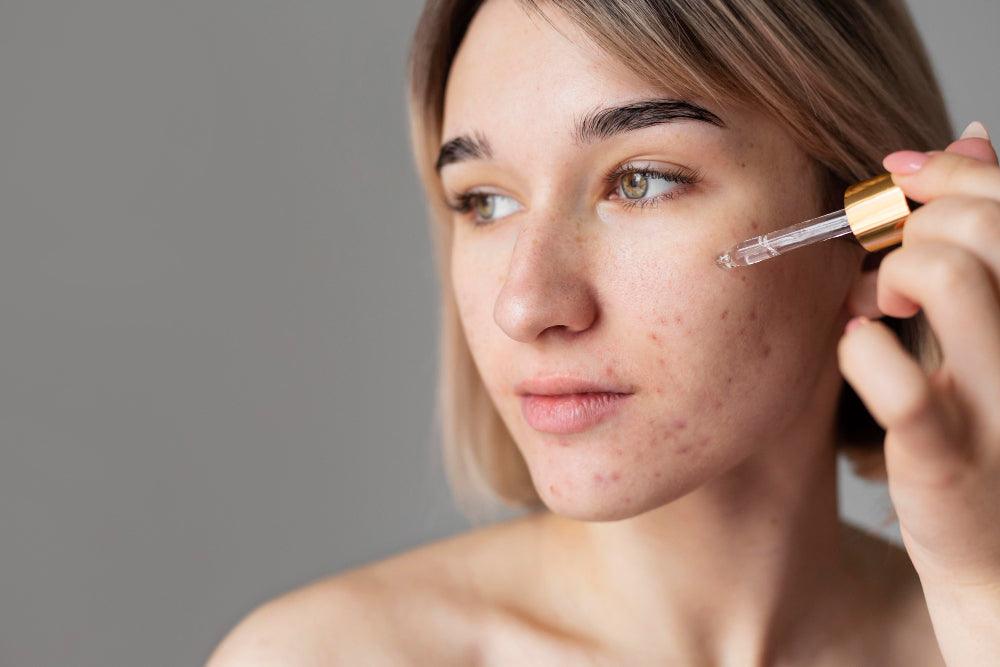
Related products
Acne, a prevalent skin condition, affects individuals globally, manifesting as various types of blemishes, including blackheads, whiteheads, and cysts. It predominantly arises due to the blockage and inflammation of hair follicles and oil-producing glands in the skin. Acne around the mouth, specifically, can be particularly distressing due to its visibility and potential for irritation. Understanding the underlying causes and implications of this condition is crucial for effective management and treatment.
What Is Acne and How Does It Form?
Acne encompasses several types of lesions: comedones (blackheads and whiteheads), papules, pustules, nodules, and cysts. These differ in severity and depth of skin involvement. Dr. Emily White, a dermatologist, explains, "Acne forms when pore blockages cause an inflammatory response in the skin. This can result from excess oil, dead skin cells, and bacterial growth." One of the highly recommended topical options for addressing clogged pores and inflammation is Acnecide Gel 5%, which contains benzoyl peroxide to combat bacteria and reduce acne severity.
Root Causes of Acne Around the Mouth
Hormonal Triggers
Hormonal changes, particularly increases in androgens, can lead to acne around the mouth. These hormones can enlarge oil glands and escalate oil production, leading to clogged pores. "Women may notice more acne around their mouths and jawline during specific times of their menstrual cycle due to hormonal shifts," Dr. Laura Simmons points out. For those with hormonal acne patterns, consistent cleansing with targeted washes like Acnecide Face Wash Gel may help manage recurring breakouts in these areas.
Cosmetic and Skincare Products
Lip balms, foundations, and other cosmetic products can exacerbate or trigger acne around the mouth. These may contain pore-clogging (comedogenic) ingredients. "Patients should be mindful of the ingredients in their skincare and makeup products," advises Dr. Simmons. Using non-comedogenic alternatives and regularly cleaning makeup brushes can reduce breakouts. Adding topical spot treatments like Witch S.O.S Blemish Stick 10g offers a quick, targeted way to address emerging blemishes without over-drying the skin.
Diet and Its Influence on Breakouts
Certain dietary factors can influence acne development. Foods high in sugar and dairy products may trigger acne in some individuals. "A diet high in processed foods can exacerbate acne symptoms for some people," states nutritionist Helen Barker. Monitoring food intake and eliminating high-glycemic foods may reduce flare-ups. For those wanting a structured plan to manage acne internally, options from the medication for acne collection can complement dietary changes with clinically backed treatment.
Mechanical and Environmental Factors
Physical factors such as frequent touching, phone use, and friction from fabrics can also contribute to acne around the mouth. Constant contact and pressure can irritate the skin and promote acne formation. "I recommend patients regularly clean items like mobile phones that come into contact with their face," suggests Dr. Simmons. In environments with heavy mask usage or high humidity, using alcohol-free cleansing pads like Stridex, Single-Step Acne Control, Maximum, Alcohol Free, 90 Soft Touch Pads can help maintain pore clarity throughout the day.
Oral Care Products
Some toothpaste and mouthwashes contain ingredients that can lead to perioral dermatitis or acne-like breakouts. Sodium lauryl sulfate (SLS), a common component in dental products, can irritate the skin around the mouth. Dr. White advises, "Patients prone to acne around the mouth should consider using dental products free from SLS and other potential irritants." Choosing gentler oral care and avoiding foam-heavy pastes can help minimize flare-ups in sensitive facial zones. Some professionals believe other medications such as Trimethoprim help with treating acne, to learn more read out article Does Trimethoprim Work for Acne?
How to Identify Acne vs. Other Mouth-Area Skin Conditions
Differentiating acne from other skin conditions such as perioral dermatitis or cold sores is crucial for effective treatment. Acne is characterized by the presence of comedones (blackheads and whiteheads), papules, and pustules. In contrast, perioral dermatitis results in a rash of red bumps around the mouth, often accompanied by peeling. Cold sores, caused by the herpes simplex virus, show up as painful, fluid-filled blisters. Dr. Karen Hughes highlights, "Unlike acne, cold sores tend to be isolated and have a tingling sensation before they appear."
Comprehensive Treatment Options for Acne Around the Mouth
Topical and Over-the-Counter Solutions
Salicylic acid and benzoyl peroxide are effective first-line ingredients for acne treatment. Salicylic acid unclogs pores, while benzoyl peroxide addresses bacterial overgrowth. For those preferring convenient formats, Clearasil Ultra Rapid Action Pads Pack of 65 deliver quick treatment in swipeable form, great for busy lifestyles.
Prescription-Level Care
In persistent or moderate-to-severe acne, dermatologists may prescribe antibiotics, topical retinoids, or hormone therapy to control oil production and reduce inflammation. For example, women with recurring breakouts related to hormonal fluctuations may benefit from oral contraceptives or spironolactone. Cleansing daily with medicated solutions such as Acnecide Wash 5% Gel helps prevent pore blockage and complements stronger prescription regimens.
Natural and Lifestyle Approaches
Natural ingredients like aloe vera and tea tree oil offer soothing and antibacterial effects, but not all skin types respond the same. Lifestyle changes—such as limiting dairy and sugar, improving sleep quality, managing stress, and keeping the face clean—can support medical treatment. A consistent skincare routine using non-comedogenic products from the skin care category can also help in managing breakouts long term.
When to See a Dermatologist
Seek a dermatologist if over-the-counter treatments fail, acne leads to scarring, or if you're unsure whether you're dealing with acne, perioral dermatitis, or another condition. “Persistent or scarring acne should always be evaluated professionally,” Dr. Hughes recommends.
Preventative Skincare Habits for the Mouth Area
To prevent acne around the mouth, adopt daily habits such as gentle cleansing, avoiding heavy cosmetics, switching to oil-free skincare, and keeping objects like phones and towels clean. Balanced nutrition, hydration, and stress reduction also contribute significantly to skin clarity.
People Also Ask
1. What causes acne around the mouth and chin area?
Acne in this region is often caused by a combination of hormonal fluctuations, pore-clogging cosmetic products, and external irritants like masks, hands, or phone screens. Hormonal changes, especially during menstrual cycles or periods of stress, can increase oil production. Additionally, lip balms, certain toothpaste ingredients, and habits like touching your face contribute to clogged pores and inflammation in this sensitive area.
2. Can diet really affect acne around the mouth?
Yes, for some individuals, diet can play a significant role. High-glycemic foods like sugary snacks, white bread, and processed items can spike insulin and contribute to acne by increasing inflammation and oil production. Dairy—particularly skim milk—has also been linked to breakouts in some people, possibly due to hormones present in milk. Tracking food intake and observing patterns in flare-ups can help identify dietary triggers.
3. Is stress a major cause of mouth-area breakouts?
Stress is a well-established acne trigger. It increases the body’s production of androgens, which stimulate oil glands and can lead to clogged pores. Stress also disrupts sleep, impacts your immune system, and may worsen existing inflammation. Stress-related behaviors like face-touching or skin-picking can further aggravate acne around the mouth.
4. Could my toothpaste or mouthwash be making my acne worse?
Yes. Many dental products contain sodium lauryl sulfate (SLS), fluoride, or strong artificial flavors, which can irritate the skin around the mouth and contribute to perioral dermatitis or acne-like bumps. Switching to a gentle, SLS-free toothpaste may reduce irritation and support clearer skin in this area.
5. How do I know if it’s acne or perioral dermatitis?
Acne typically includes blackheads, whiteheads, or pustules and may be accompanied by oily skin. Perioral dermatitis, by contrast, appears as small red bumps or a rash-like cluster around the mouth and sometimes the nose and eyes. It’s often scaly and itchy, and may be triggered by topical steroids or dental products. A dermatologist can confirm the diagnosis and recommend appropriate treatment.
6. What are the best over-the-counter treatments for acne around the mouth?
Topical treatments containing benzoyl peroxide, salicylic acid, or sulfur are effective in treating acne. Products like benzoyl peroxide gel can kill bacteria and reduce inflammation, while salicylic acid helps unclog pores. It’s important to start with lower concentrations and apply moisturizers to prevent dryness, especially around the sensitive mouth area.
7. Should I stop using makeup if I have acne around my lips?
You don’t have to stop wearing makeup entirely, but it’s crucial to switch to non-comedogenic, oil-free products. Avoid heavy, occlusive foundations or lip products with pore-blocking ingredients. Always remove makeup thoroughly before bed and clean brushes and sponges regularly to avoid bacteria buildup.
8. When should I see a dermatologist about acne around my mouth?
If acne is persistent, worsening, painful, or leading to scarring, it’s time to consult a dermatologist. Professional treatment may include topical retinoids, prescription antibiotics, or hormonal therapies tailored to your skin type. A dermatologist can also determine if the issue is truly acne or a different condition like perioral dermatitis.
Conclusion
Acne around the mouth can be managed with a multifaceted approach—understanding the cause, using targeted treatments, maintaining proper hygiene, and seeking medical care when needed. The right combination of medical-grade products, healthy lifestyle changes, and professional guidance can significantly reduce breakouts and prevent long-term skin damage. Personalization is key, and with so many accessible treatments now available, clear skin is a realistic goal for many.





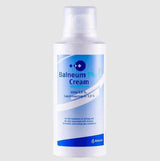






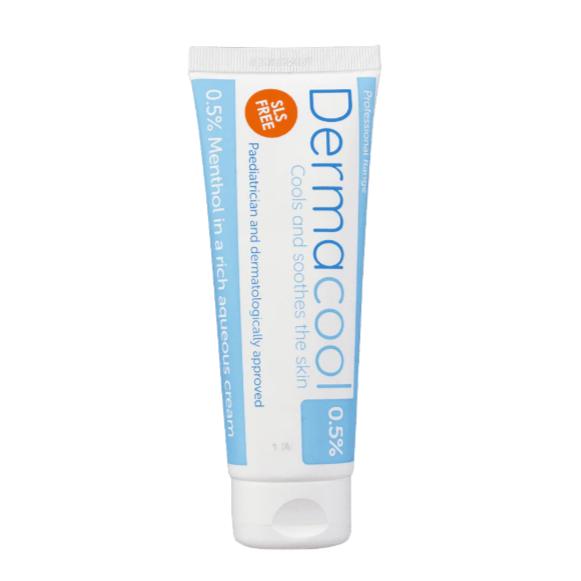




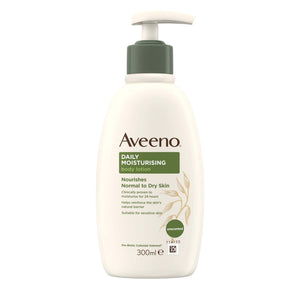





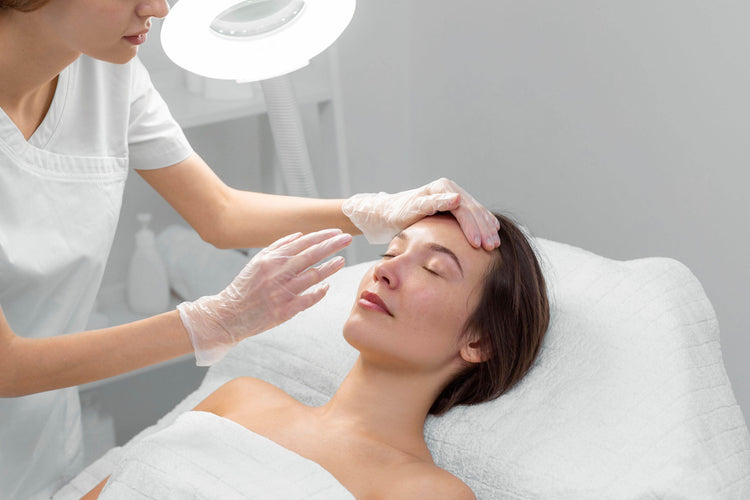
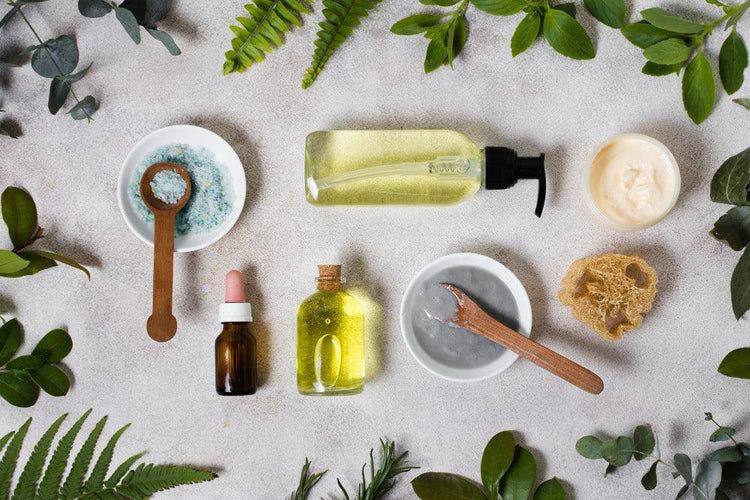
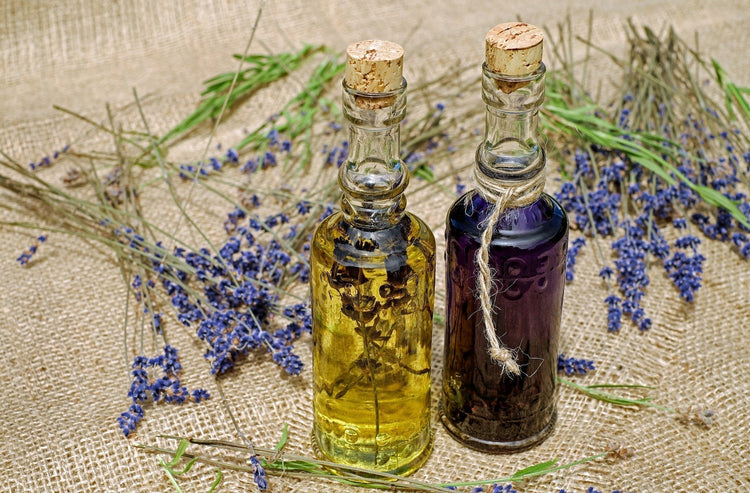


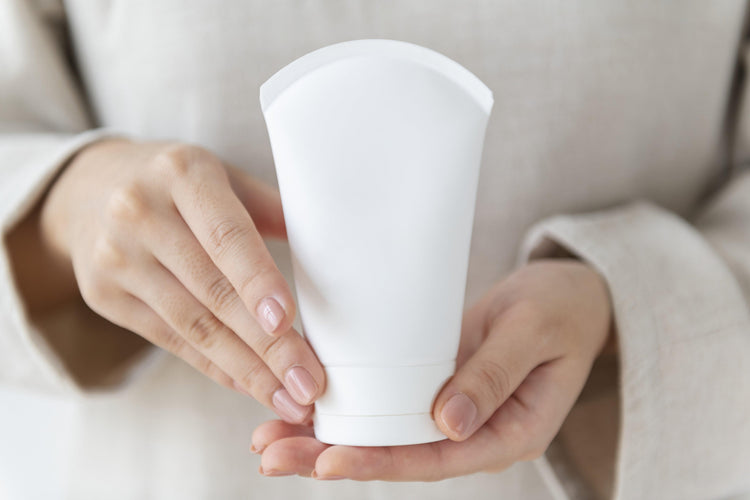
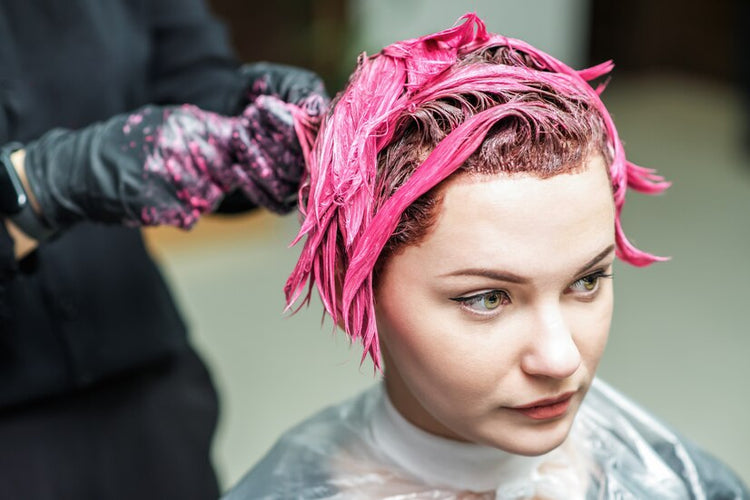
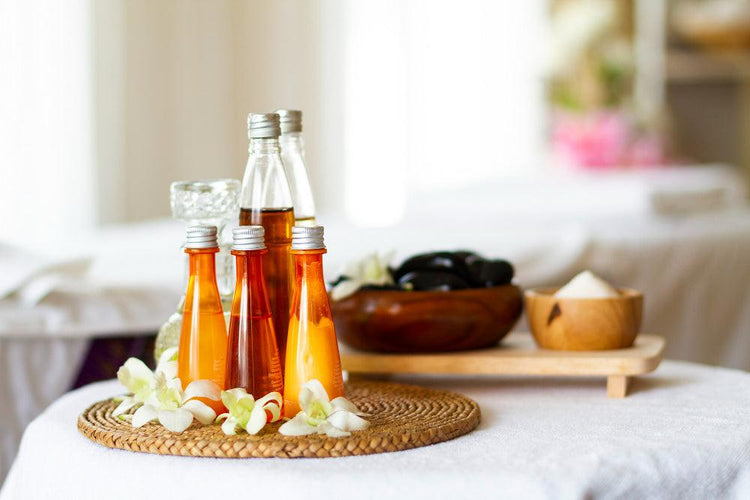
 Rated Excellent by 26,523+ Reviews
Rated Excellent by 26,523+ Reviews